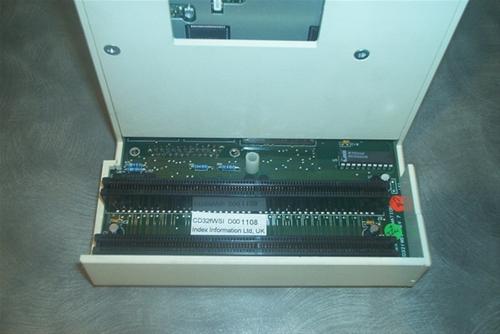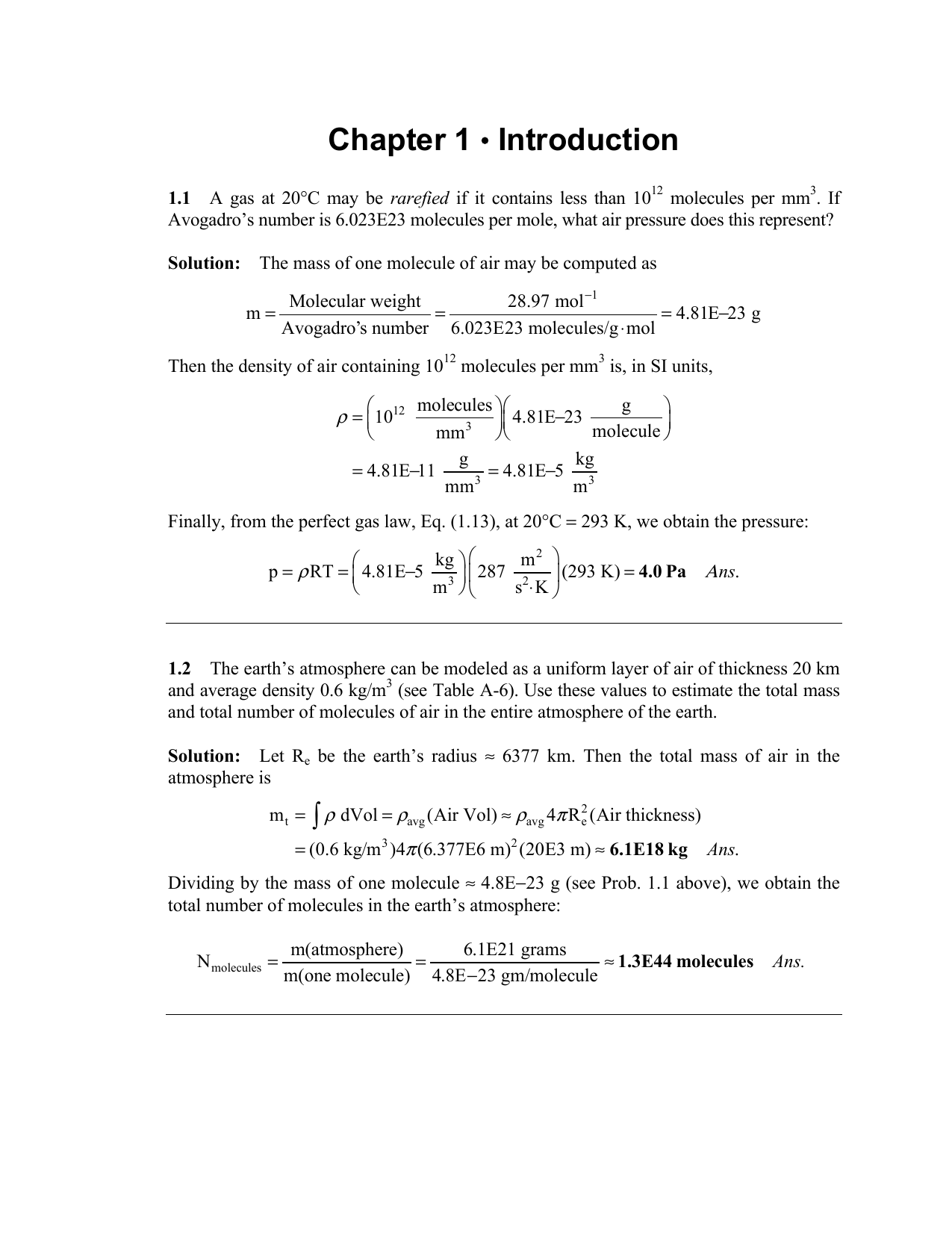Amiga 500 Side Expansion Slot

The popular Amiga 500 could not be used with the Sidecar at all, due to the expansion slot on the A500 residing on the left side of the chassis, as opposed to the right side on the A1000. Also, decent business and productivity software began to be released for AmigaOS, reducing the need to run MS-DOS applications on the Amiga. Amiga 500+ - Shield at the ready Have been meaning to deal with this little problem for some time. When I set up one of the A-500Plus machines with the A590 external hard drive I failed to attach the small metal 'ground' that should sit below the side expansion slot connector.
Amiga 500 Side Expansion Slot Pinout
NOTE : The specifications here are specific to the AMIGA 500 and do not necessarily apply to the AMIGA 500+

Amiga 500 Side Expansion Slot Machines

| Case Type : | Computer in a keyboard |
| Processor : | 68000@7.14Mhz |
| MMU : | None |
| FPU : | None |
| Chipset : | OCS (more common) or ECS |
| Kickstarts : | V1.2 (Single 40pin DIL) V1.3 (Single 40pin DIL) |
| Expansion Slots : | 1 x 86pin Side Expansion slot 1 x 56pin Trapdoor Slot |
| Standard CHIP RAM : | 512K |
| RAM sockets : | None |
| Hard Drive Controllers : | None |
| Drive Bays : | 1 x Custom Floppy Drive Bay |
| Expansion Ports : | 1 x 25pin Serial 1 x 25pin Parallel 1 x 23pin RGB Video 1 x 23pin External Floppy 2 x 9pin Joystick/Mouse 2 x RCA Audio (Left/Right) |
| Floppy Drive : | 1 x Internal 880K Floppy Drive |
| Motherboard Revisions : | Rev 3.x (Very buggy, avoid if possible) Rev 5.x (8370 Agnus (NTSC), 8371 Agnus (PAL)) Rev 6A (8372A Agnus) Rev 6.x (8372A Agnus) Rev 8 For later revisions, see the AMIGA 500+ |
| Battery Backed Up Clock : | No |
Amiga 500 Side Expansion Slot Car

The AMIGA 500 was one of the most popular Amiga models ever made, partly because it was extremely cheap in comparison to the big box models and partly because it was targetted almost exclusively at gamers. Although the AMIGA 500+ looks almost identical to the AMIGA 500, there are considerable differences between the two models. The AMIGA 500 was usually supplied with the A520 to allow it to be connected directly to a standard television. The AMIGA 500 was supplied with 512K of CHIP RAM by default. Earlier revisions of the AMIGA 500 could only address 512K of CHIP but later revisions containing the 8372 Agnus could address 1MB (but were still supplied with 512K). Early versions of the AMIGA 500 had a red power LED and a green floppy drive LED, whenever the audio filters were activated the power LED would switch off. This was later changed to a green power LED and amber floppy LED and again the power LED would be switched off whenever the audio filters were activated. In hind-sight this was probably not considered a sensible indication of the audio filters because the machine could appear to be switched off, even though it wasn't, so Commodore finally changed it so that the power LED was only dimmed when the audio filters were activated and this remained with the AMIGA 500+. Later AMIGA 500's may use the same motherboard revisions that the AMIGA 500+ used, including the ECS chipset. This was probably during a transition period when moving from the standard AMIGA 500 to the standard AMIGA 500+. Commodore often used 'old stock' to save money. Apparently you can spot Rev 8/ECS based AMIGA 500s my checking the logo near the LEDs. If it's an AMIGA 500 logo instead of a commodore logo, then it's a newer AMIGA 500.
Source : http://www.amiga-hardware.com/